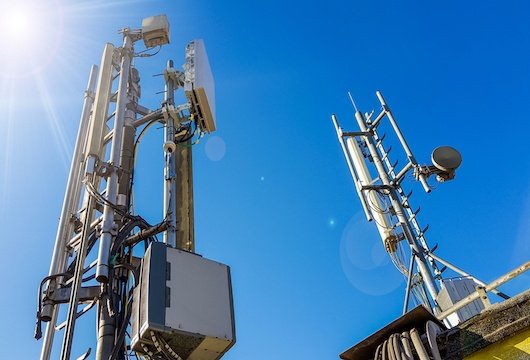
NTT DoCoMo and NEC announced that they have succeeded in transmitting a 5G signal on the 4.5-GHz band to eight mobile terminals whilst using beamforming and inter-base station coordination to reduce interference.
Some part of that constitutes a world-first, according to DoCoMo.
The test, conducted in Kawasaki, Japan from May 9 to 11, used digital signal processing between base stations, which were equipped with signal processing units and massive-element antennas, to coordinate beamforming between base stations. The test connected eight 5G mobile terminals simultaneously at a data rate of 5.5 Gbps.
DoCoMo says the test verified the feasibility of beamforming through coordination of small, optical-feeder-type base stations equipped with 128-element antennas and digital signal processing units, which were connected via optical fiber.
Antennas of adjacent base stations sometimes cause large interference and reduce data rate, but this test used beamforming and digital signal processing to mutually cancel out interference. The solution enables multiple antennas to be installed more flexibly for higher-capacity 5G communications in dense urban areas.
DoCoMo and NEC achieved their test goals for 5G research and development projects commissioned by Japan’s Ministry of Internal Affairs and Communications, including “high data rate and low-power-consumption radio access technology with ultra higher-frequency-bands and wider-bandwidth massive-element antennas.”
The two companies introduced the test results and other 5G initiatives at the 5G Tokyo Bay Summit held during Wireless Technology Park 2018 at Tokyo Big Sight last week.

Be the first to comment